For decades, CPAP (continuous positive airway pressure) has been the go-to treatment for obstructive sleep apnea. It’s highly effective — but let’s face it, many patients struggle with wearing a mask every night, dealing with dry mouth, air leaks, and overall discomfort. Thankfully, the field of sleep medicine is moving forward, and 2025 is shaping up to be an exciting year for new therapies.
Hypoglossal Nerve Stimulation: A Game Changer
One of the most promising alternatives is hypoglossal nerve stimulation (HGNS). This therapy involves a small implant placed under the skin in the chest. The device delivers mild stimulation to the hypoglossal nerve, which controls tongue movement, helping keep the airway open during sleep.
Early studies and real-world data have shown that HGNS can significantly reduce apnea events, especially in patients who cannot tolerate CPAP. As more insurance plans cover this technology, it’s likely to become a more common recommendation in clinical practice.
Custom Oral Appliances: Smarter and More Comfortable
Another growing trend is the use of custom-fitted mandibular advancement devices (MADs), which shift the lower jaw forward to keep the airway open. While oral appliances aren’t new, the technology behind them has improved dramatically.
Newer designs use digital scans to create precise, comfortable devices tailored to each patient. Some even feature built-in microchips to track compliance data, so you’ll know exactly how long and how often patients wear their device. That makes treatment follow-up easier and supports better long-term outcomes.
Expanding Home Sleep Therapy
As home sleep testing becomes more common, the idea of home-based therapy is also expanding. Innovative companies are now working on portable positive airway pressure devices, lighter masks, and smart sensors that automatically adjust pressure in real time.
These patient-friendly systems can make therapy more accessible, especially for rural or remote populations who may not have quick access to in-lab follow-up.
Why It Matters
Sleep apnea treatment should never be one-size-fits-all. The more options physicians have, the better we can match patients to a therapy they will actually use. While CPAP will always be a cornerstone of therapy, these emerging tools can improve adherence and long-term success for those who need alternatives.
In 2025 and beyond, the message is clear: sleep apnea therapy is evolving — and that’s good news for patients, clinicians, and the future of sleep medicine.

.png)
.png)


